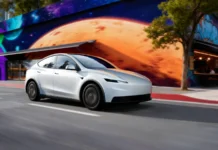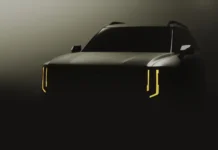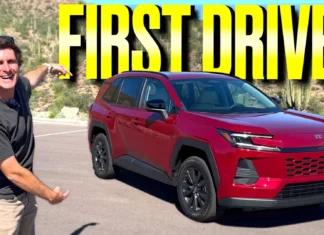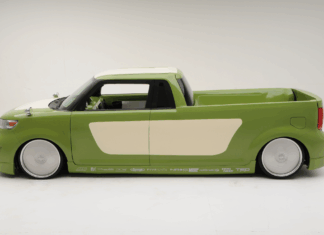Citing “current market conditions”, Subaru confirmed it is raising prices across most of its lineup.
Over the past few months, we’ve been dancing around the “will they, won’t they” that comes with automakers possibly hiking prices in the wake of automotive tariffs. Even now, companies like Subaru won’t necessarily outright say new import duties are to blame. However — and if you shop at big box retailers, you’re already seeing price increases in action — the “market conditions” that come about as the industry grapples with this new reality are hitting home as we roll into summer. Subaru, for its part, is raising model prices between $750 and $2,055 starting in June, according to a dealer notice later confirmed by the automaker in a statement to media.
“The changes were made to offset increased costs while maintaining a solid value proposition for the customer,” Subaru says in its official statement. The company further elaborated that its pricing “is not based on the country of origin of its products.”

Start looking at price changes, and the last part of that statement is certainly accurate — as even the American-built Ascent jumped between $1,085 and $2,055, depending on which model you’re shopping for. The Impreza and Crosstrek, Subaru’s two most affordable models, have gone up by $750. As for the WRX or BRZ, you can expect to pay $2,000 more than before, while the soon-to-depart Legacy sedan (that’s leaving the lineup later this year) now costs $1,600 more brand-new.
But what about Subaru’s most popular models, the Outback and the Forester? They haven’t been spared, either, as 2025 versions will now cost between $1,715 and $1,820 in the Outback’s case, or $1,075 to $1,600 more if you’re looking at a Forester. With the Outback, keep in mind those prices are for 2025 models, as we don’t yet have formal pricing for the updated 2026 model. So, we could see even higher MSRPs once the seventh-generation rolls out to dealerships later this year.
There’s only one model that is not getting a price hike (at least for now): the all-electric Solterra. That’s not terribly surprising, considering it hasn’t been a volume seller for the brand. That said, it has gained some momentum early on in the year, so you wouldn’t want to provide prospective buyers less incentive to consider one with a higher price tag. Other models, like the Forester, could probably take the mid-year price hikes in stride, without losing too many sales on the back end.
Price hikes definitely aren’t new, and they aren’t unique to Subaru either
If you’ve been in the market over the past few months, you know all too well about the range of automakers’ responses to automotive tariffs. From April onward, the response more or less ranges from “wait and see” to temporarily absorbing prices and automakers finally acknowledging that prices are going up, if only because of “challenging market conditions”.
Price changes between model years or even within the same model year are nothing new (again, you’ll know that all too well if you follow Tesla). Ford also confirmed earlier this month it would raise pricing on key models once its current employee pricing offer ends.
What we’re seeing here, though, could be a trend toward price increases as we continue through the summer. In Ford’s case, the company did acknowledge tariffs as a contributing element to its decision to hike prices mid-year. Other automakers that have been sitting on the fence or absorbing higher import costs to maintain sales numbers, though, will likely end up passing the added cost onto consumers (like Walmart and several other major firms are).

























